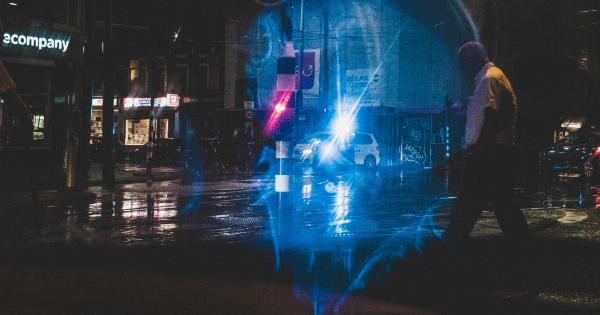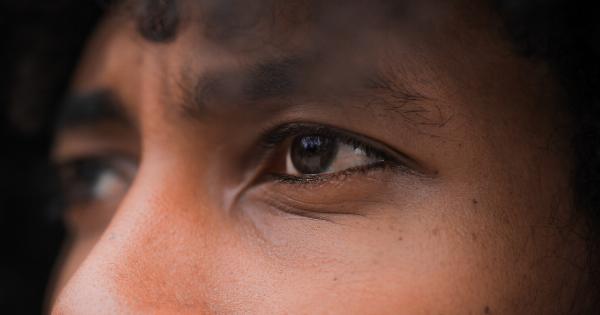Have you ever stepped out into the sun and instantly felt the urge to sneeze? If so, you’re not alone. This peculiar phenomenon known as “photic sneeze reflex” affects a significant portion of the population.
But what exactly causes this reaction and why do some people experience it while others don’t? Let’s delve into the science behind why the sun makes some people sneeze.
Understanding the Photic Sneeze Reflex
The photic sneeze reflex, also referred to as autosomal dominant compelling helio-ophthalmic outburst (ACHOO) syndrome, is a reflex condition characterized by sneezing in response to bright light exposure, particularly sunlight.
While the exact prevalence is unknown, researchers estimate that this reflex affects approximately 18-35% of the general population.
Those who experience photic sneezing often report sneezing episodes when transitioning from a dark environment into bright sunlight or looking directly at intense light sources.
Exploring the Genetic Basis
Studies have shown that photic sneezing tends to run in families, suggesting a genetic basis for this reflex.
The condition is inherited in an autosomal dominant pattern, meaning that a child with one affected parent has a 50% chance of developing photic sneezing as well.
Research suggests that the gene responsible for photic sneezing is located on chromosome 2. This gene is thought to play a role in the neural pathway responsible for transferring visual stimuli to the brain.
However, the precise mechanism by which this gene leads to the photic sneeze reflex is not yet fully understood and requires further investigation.
The Optic Nerve Connection
One prevailing theory behind photic sneezing involves the connection between the optic nerve and the trigeminal nerve.
The optic nerve carries visual information from the eyes to the brain, while the trigeminal nerve controls facial sensations and certain motor functions, including sneezing.
It is believed that in individuals with the photic sneeze reflex, there may be some crossing or overlapping of nerve fibers between the optic and trigeminal nerves.
This crossover could lead to the stimulation of the trigeminal nerve when exposed to bright light, triggering a sneeze response.
Other Factors Influencing the Reflex
In addition to genetics, there are other factors that can influence the likelihood and intensity of the photic sneeze reflex. One such factor is the intensity of light exposure.
Bright sunlight, for example, is more likely to trigger sneezing compared to indoor or artificial lighting.
Another factor is the angle of light exposure. Some individuals may find that looking directly into the sun provokes a sneeze, while others experience the reflex by simply being exposed to sunlight from the side.
The angle at which light enters the eyes can vary among individuals, potentially impacting the photic sneeze reflex.
Furthermore, the timing and frequency of sneezing episodes may also be influenced by individual sensitivity to light.
Some individuals may only experience photic sneezing occasionally, while others may have recurrent sneezing episodes every time they step into bright sunlight.
Similar Reflexes and Possible Treatments
Photic sneezing shares similarities with other reflexes, such as the sneeze response triggered by irritants like dust or strong odors. These reflexes involve the trigeminal nerve and can also lead to sneezing.
However, the mechanisms underlying these reflexes differ.
Currently, no known cure exists for photic sneezing. However, individuals who experience this reflex can take certain measures to reduce its impact.
Wearing sunglasses when exposed to bright sunlight, avoiding sudden transitions from darkness to bright light, and shielding the eyes with a hat or visor can all help minimize the occurrence of photic sneezing.
Conclusion
The photic sneeze reflex is a fascinating phenomenon that affects a substantial portion of the population. While the exact mechanism remains unclear, research suggests a genetic basis with the involvement of the optic and trigeminal nerves.
Understanding the science behind why the sun makes some people sneeze sheds light on the complexity of our sensory systems and the intriguing interplay between genetic factors and environmental stimuli.





























